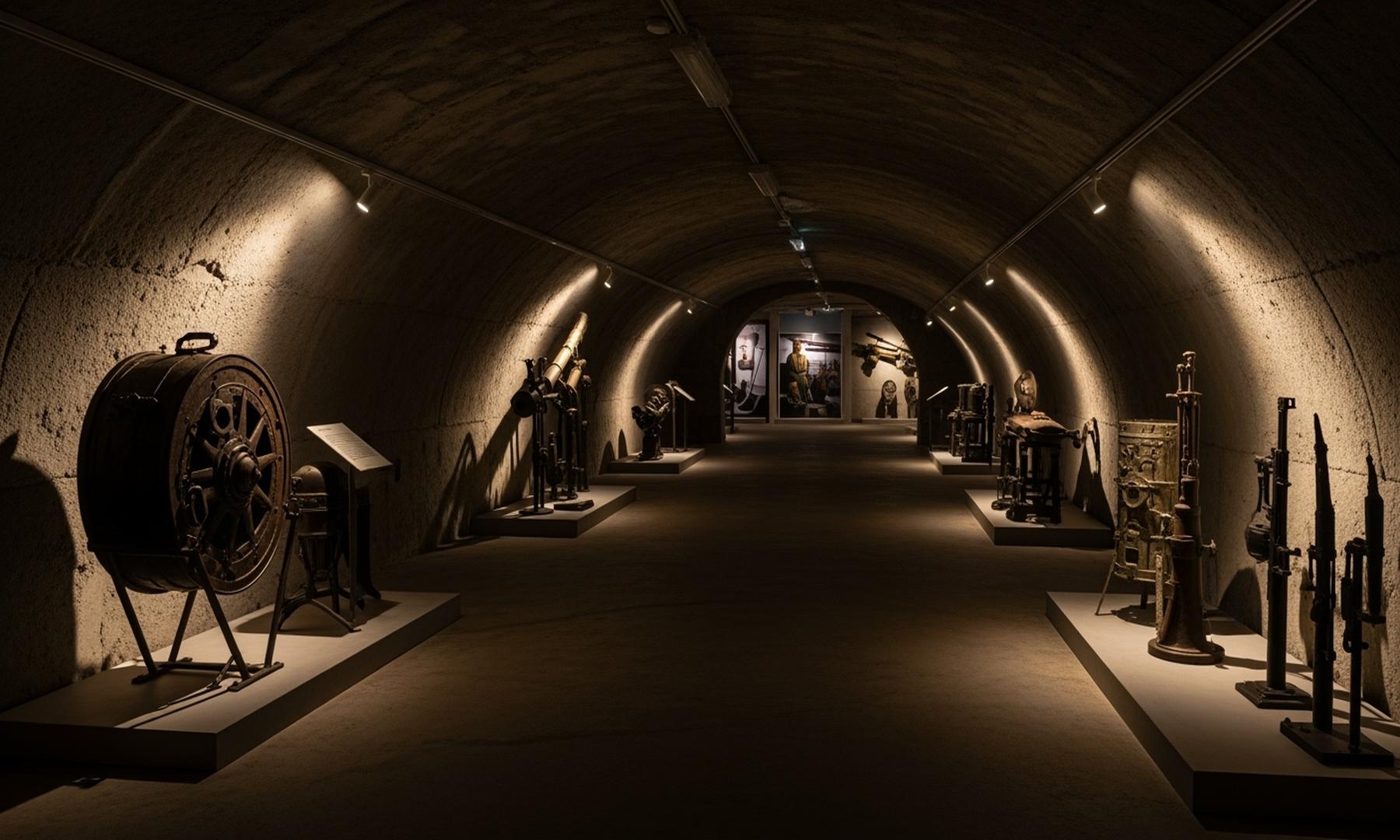What's Happening?
A recent study conducted by Binghamton University biologists has provided new insights into how arboreal species in the Amazon rainforest utilize human-made canopy structures. The research, published in the journal Neotropical Biology and Conservation,
was led by Justin Santiago, an environmental studies alumnus, and Lindsey Swierk, an Assistant Professor of Biological Sciences. The study focused on the Amazon Conservatory for Tropical Studies (ACTS) Field Station in the Napo-Sucusari Biological Reserve, Peru. Researchers set up camera traps on canopy walkway bridges to observe arboreal mammals, recording 41 instances of use by species such as sloths, porcupines, and monkeys. The findings suggest that these structures, originally designed for human use, are also beneficial for wildlife, providing safe passage across fragmented forest habitats.
Why It's Important?
The study's findings have significant implications for conservation efforts, particularly in areas where forest habitats are increasingly fragmented. By demonstrating that arboreal mammals use these walkways, the research highlights the potential for such structures to mitigate the negative impacts of habitat fragmentation. This is crucial as it offers a practical solution to maintain biodiversity and ensure the survival of tree-dwelling species. The use of canopy walkways can reduce the risk of road mortality for these animals, providing a safer alternative to ground-level crossings. This research could inform future designs of artificial canopy structures, enhancing their effectiveness in conservation strategies.
What's Next?
Future research could explore seasonal variations in the use of canopy walkways by arboreal species and assess changes in species composition over time. Additionally, the study suggests the potential for expanding the use of such structures in other fragmented habitats worldwide. Conservationists and policymakers may consider integrating these findings into broader environmental management plans to enhance habitat connectivity and protect biodiversity. The continued monitoring of these walkways could provide further data to refine their design and implementation, ensuring they meet the needs of both wildlife and human visitors.
Beyond the Headlines
The study underscores the importance of innovative conservation strategies in the face of ongoing environmental challenges. By leveraging human infrastructure for ecological benefits, it highlights a symbiotic relationship between tourism and conservation. This approach not only aids in preserving biodiversity but also enhances the educational and experiential value of ecotourism, fostering a deeper appreciation for natural ecosystems among visitors.
















